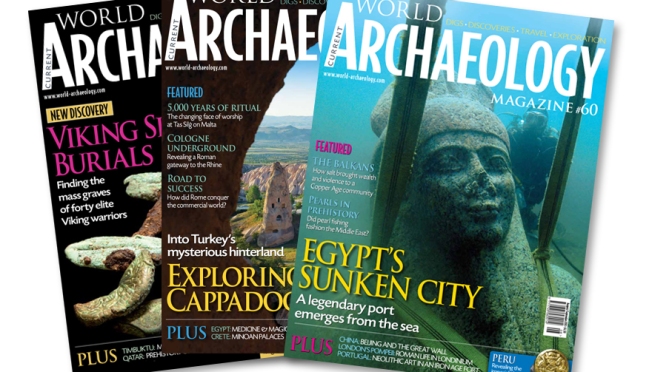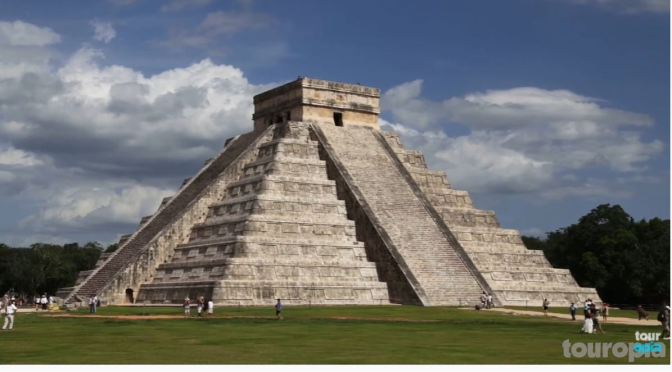
Below the Yucatán Peninsula in Mexico lies a submerged world of extraordinary beauty. Caves once created a subterranean labyrinth that the earliest human settlers seemingly associated with magic. After these passageways flooded at the end of the last Ice Age, they created reservoirs that proved essential for the success of Maya cities. Now a fascinating project is revealing the remarkable range of archaeology preserved in this underworld.
Goddesses and spiritual beings also display an impressive range, in this case of powers. There can be a tendency for modern audiences to focus on a single attribute – Venus as the goddess of love, for instance – but this obscures the remarkable breadth of gifts they could bestow on worshippers. An exhibition examining the nature of feminine power provides an opportunity to consider the divine and the demonised.







 This week on the podcast, Contributing Correspondent Lizzie Wade joins host Sarah Crespi to discuss a turning point for one ancient Mesoamerican city: Tikal. On 16 January 378 C.E., the Maya city lost its leader and the replacement may have been a stranger. We know from writings that the new leader wore the garb of another culture—the Teotihuacan—who lived in a giant city 1000 kilometers away.
This week on the podcast, Contributing Correspondent Lizzie Wade joins host Sarah Crespi to discuss a turning point for one ancient Mesoamerican city: Tikal. On 16 January 378 C.E., the Maya city lost its leader and the replacement may have been a stranger. We know from writings that the new leader wore the garb of another culture—the Teotihuacan—who lived in a giant city 1000 kilometers away.